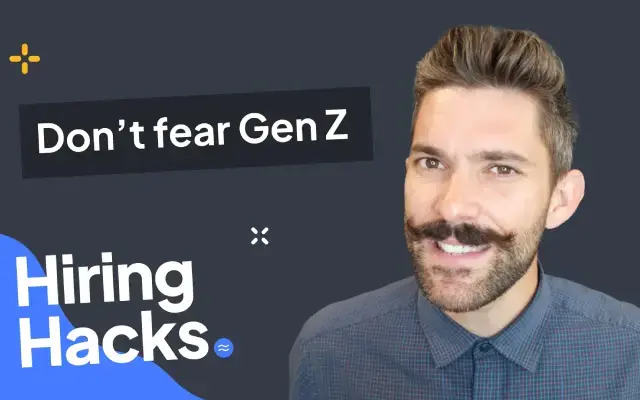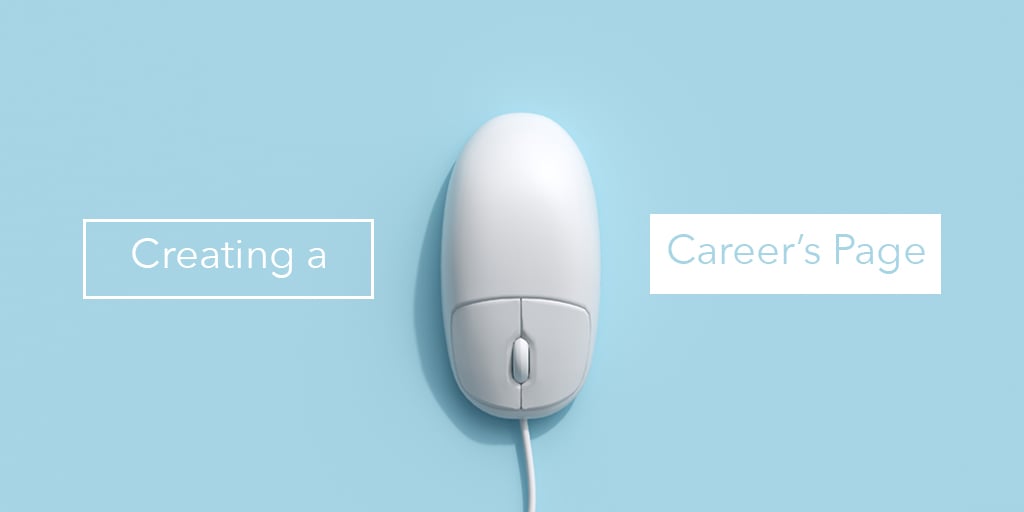Your markets are bustling. Your KPIs are kicking. All signs point toward growth. As an HR Manager, this means it’s time for you to develop a plan to increase headcount to match your projected growth before your current staff becomes overloaded. Before you do, it’s important for you really understand the workforce you’re working with and how to appeal to them.
The Multi-Generational Workforce
The workforce today is evolving. In the U.S., our workforce currently consists of five generations, with new ones added regularly.
- Traditionalists or The Silent Generation (born 1926-1945)
- Baby Boomers (born 1947-1964)
- Generation X'ers (born 1965-1980)
- Millennials (born 1981-2000)
- Generation Z'ers (born 2001-2020)
Millennials currently comprise more than a third of the total workforce, making them the largest generational group represented. They are currently on track to continue to outpace other generations—including Gen X—in terms of workforce participation. Baby boomers are predicted to remain employed longer even as they age, generally due to economic reasons. Gen Z has entered the workforce and, as a group, is growing in terms of representation in the workforce. Their entry into the workforce, however, has been relatively slower. This is likely due to a growing belief that they must earn a college degree in order to obtain a successful career.
Why does this matter? Because understanding the different needs and aspirations of the multi-generational labor pool will help you better find and hire them.
Meeting Their Needs
Now that you know the demographic of the U.S. labor force, let’s move on to what they need. Millennial pressure on the workplace in recent years has succeeded in shifting the way businesses run. It's tough to tell specifically how the incoming Gen Z'ers will drive workforce demands, but experts agree that it's safe to predict that the following employer trends will remain:
Using Smartphones
The use of smartphones is commonplace among millennials and Gen Z-ers. In fact, these individuals practically need it to go about their daily lives. Considering these two generations are about to make up the bulk of your workforce, you want to be on their radar. Get in front of them by making your hiring process mobile-friendly. This will help you get quality candidates faster and minimize (or prevent) ghosting during the interview process.
With Workstream, communications with your candidates are mostly done through text messaging. Our text-to-apply feature makes it easy for a candidate to apply for the job they want, increasing your chances of finding a quality candidate. Additionally, Workstream provides automated SMS reminders to reduce ghosting and two-way texting so that rescheduling of interviews is a breeze for both candidates and hiring managers.
Offering Work-Life Balance
Employees have big dreams and responsibilities. They want a company that will support them. If not actively, then by giving them the space and freedom they need to work towards their personal goals. This may include allowing them to work from home or providing flexible schedules and adequate time off to attend to their personal and family demands.
Digitizing Work Processes
Paper timesheets, checks, handwritten notes, and hard copy documents are quickly becoming archaic. Employees continue to require more mobility, accessibility, and flexibility at work. Allow them to communicate with co-workers and managers via text messaging. Convert the dispatching, completing, and sharing of work assignments to electronic systems if it's possible. Provide frequent and meaningful communication. Engaging with employees through a variety of media helps foster deeper relationships and inspires loyalty.
Valuing Time
Every employee's time is important. Respect it by automating or outsourcing mundane tasks to make their jobs as efficient as possible. Brainstorm ways to streamline company processes and procedures to eliminate or reduce time and resource wastage.
Working Toward a Bigger Purpose
Nowadays, employees want to work for companies that can help make a positive impact in the world. Millennials and Gen Z'ers care whether their employers are philanthropic, ethical, environmentally sustainable, and so on. Create or rewrite your mission statement and value systems to align with a bigger purpose. If nothing immediately comes to mind, consider starting or increasing charitable contributions to organizations that are meaningful to your company or your industry. Organize volunteer opportunities or donation collections for employees to participate in.
Facilitating Upward Mobility
Encourage growth and provide employees with ample opportunities to move their careers forward. If promotions or transfers are not feasible, most will be satisfied with the ability to learn more. Provide a variety of educational exercises or training programs in the system your company uses. Even if these arrangements are informal, your employees will appreciate the chance to learn and develop talents that may help them in the future.
Emphasizing Importance
The working generations are increasingly creative and open-minded, and they expect their employers to be as well. They want to feel free to express ideas and receive recognition for their accomplishments. Listen to suggestions and remain open to changes or improvements which can lead to increased efficiency. Offer rewards for valuable input and achievements.
Paying Adequately
At the end of the day, the bottom line is this: compensation is important. Ensure that your company is offering competitive wage and benefits packages. If budgets allow, implement rewards, bonuses, or commission programs for meeting or exceeding goals.
The U.S. workforce is in a constant state of change. Finding the right hourly workers for your organization can be a daunting task. With a clear understanding of the available labor pool and what they require from their employers, your company can adapt and evolve along with them. These valuable insights can help you find the sweet spot between the needs of the company and the changing expectations of prospective employees.
For more insights on current trends in the industry, subscribe to our blog today!





